This month, we’re talking about the impact a company’s culture has on its brand. If you haven’t read the first blog in this three-part series, check out Your Company’s Culture Can Make or Break Your Brand. It tells the story of how big bank culture on Wall Street influenced the way the very biggest of the banks behaved during the Great Recession. In the end, the news wasn’t very good, and the banking industry has yet to fully recover its reputation.
What’s the difference between what a company says and what it does? Brand and culture.
What does a company’s culture have to do with its brand? Everything. From the stage of a client conference, author Joe Calloway issued an excellent summary explanation for what a brand is, if only for its absolute coherence and elegant simplicity. His take: your brand is what people think it’s like to do business with you. Yes, a brand is exactly that, and so much more.
In fact, brands are meaning-making systems designed to reflect, signal, and communicate our values. The better they accomplish this, the more tightly aligned brands can become with our sense of personal identity. However, for the purposes of evaluating our own brands and considering their performance, Calloway’s take is awfully handy. Indeed, everything a company does in the service of advancing its brand rolls up into the way it makes people feel about doing business with them.
How do people feel about doing business with big banks today? Perennial neo banker Anthony Thomson shared his thoughts with Forbes a decade after the banking crisis. “The banking industry drones on about having to restore customers’ trust in financial services – customers should have a healthy level distrust of financial services in general, and banks in particular,” says Thomson.







